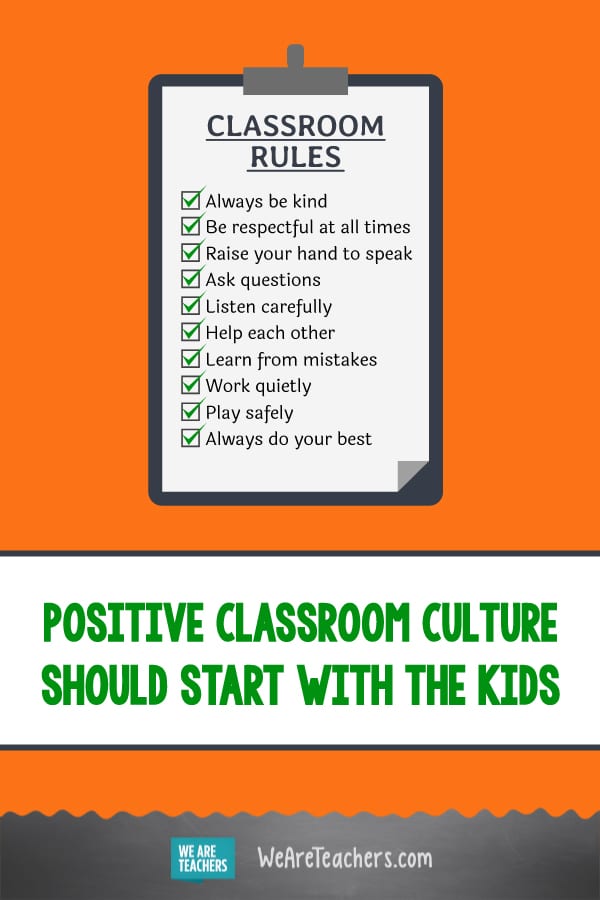Creating a positive classroom community can be time consuming. But ask any teacher, and they will tell you the investment is well worth the effort. Most teachers devote weeks, even months, to setting up a culture in their classroom that is based on kindness, respect, and responsibility.
The big question is, once you’ve got your community established, how do you shift the management of it from the work of the teacher to a shared responsibility? How do you establish an environment where everyone is in it together, makes the school the kind of place everyone wants to be, and creates a classroom environment that all are proud of?
The good news is that all the hard work does not have to be on your shoulders alone. Here are six ways to support student buy-in for creating a classroom culture that benefits everyone.
1. Get the grown-ups on the same page.
When teachers and administrators have a solid, unified vision of what their school stands for and what values are important to them, it’s easy to create student buy-in. When standards are the same no matter what grade a student is in or whom their teacher is, there are fewer inconsistencies. Instead of having to figure out a new set of rules and expectations every year, kids know what to expect and can get on with the business of learning.
2. Build school pride around the values that matter most.
Identify the values that are most important to your school culture and build your school’s identity around it. Make it clear that your school is unique in a really great way. Display posters and student artwork in the halls. Have “Why I Love My School” essay contests. Hold monthly pride assemblies. Have students create school T-shirts and stickers to wear proudly.
[contextly_auto_sidebar]
3. Shine a spotlight on teachable moments.
When you witness your students taking ownership of their classroom community, call attention to it. Gather the class and share the story, whether it is someone taking it upon themselves to clean up a mess they didn’t make, offering to help a classmate who doesn’t understand directions or a concept, or two students solving a conflict on their own.
4. Cut down on referee time.
Teach your students conflict-resolution skills that are consistent, fair, and easily implemented. Empower students to work out their own conflicts instead of running to a teacher or another adult. Learning how to deal with conflict within a safe community is a valuable lifelong skill.
5. Load up on resources.
There are hundreds of quality children’s books with dear and hilarious characters that help teach the skills that contribute to a positive classroom culture. Share read-alouds that help your students build emotional depth. Go heavy on social-emotional curriculum to build your students’ capacity for compassion and understanding.
6. Let students teach each other.
One of the most brilliant ways for kids to learn is from each other. Create a buddy system that allows older students to mentor younger students. Nurturing cross-grade-level relationships gives kids greater ownership in the school as a whole. In addition, make sure to set up new students with buddies who’ve been around for a while.
What are some ways you nurture student buy-in? Come share in our WeAreTeachers HELPLINE group on Facebook.
Plus, the secret to classroom management, no matter where you teach.


